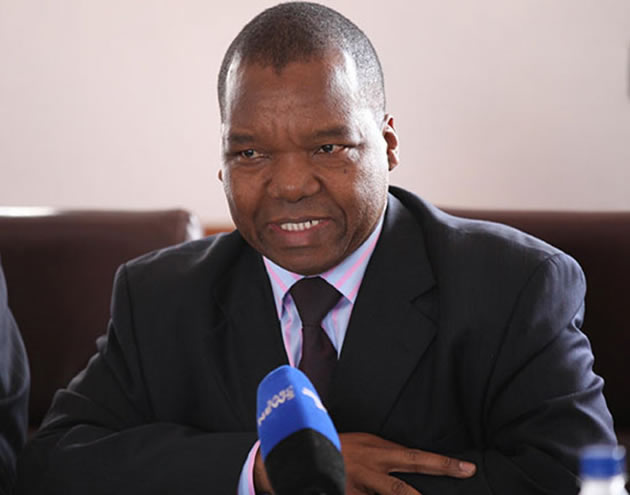Editorial Comment: Let’s not disturb Victoria Falls’ naturalness

Victoria Falls, as much of Africa’s tourism product, derives its global appeal from of its naturalness.
It is by far Zimbabwe’s best tourist attraction. Every discerning visitor to Southern Africa always has the destination on their itinerary; therefore it is among the best in the region too.
While tourists can view and hunt the lion, elephant, buffalo, leopard and other game anywhere in Africa, they cannot find a natural waterfall of the grandeur and magnitude of Victoria Falls anywhere else apart from Zimbabwe.
The natural masterpiece is one of the world’s 1,007 UNESCO World Heritage sites, an exclusive honour reserved for places for their cultural and physical significance. For Victoria Falls, it is to do with its awe-inspiring nature as well as the purity of the immediate environment of the waterfall. In line with UNESCO conditions, which were incorporated into national and local government law, infrastructural development is always kept at a minimum in the resort town, lest uncontrolled construction could disrupt the area’s pristine nature.
But, Victoria Falls might soon welcome a new, exceedingly artificial investment that would be diametrically opposed to the nature we celebrate around the resort. A local tourism company, African Albida Tourism (AAT), plans to build an $18 million recreational park on an 80-acre piece of land in Victoria Falls. Santonga Park, to serve as an educational, conservation and entertainment zone, would create 1,500 jobs.
However, the government and environmentalists are opposed to the proposed development, arguing that what AAT seeks to build is actually a zoo.
“We don’t want a zoo,” declared Matabeleland North Minister of State, Cde Cain Mathema.
“That place (where AAT wants to locate the park) is an animal corridor on council land. Yes, we want development, but we can’t defile that natural habitat because it is a known animal corridor.”
We argue that the planned AAT investment, where some animals would be kept in enclosures and where they would be fed, as opposed to hunting down their own prey in the park encircling Victoria Falls, will create a contradiction of sorts.
We have moral issues largely with zoos wherever they are and are concerned why we would have to have one in the country, and have it in the middle of a game park! The situation of the proposed facility in a game corridor, as Cde Mathema said, concerns us more. Game corridors must be left alone, they are sacred.
It is unclear at what stage preparatory work for the development of the park is with conflicting reports that AAT’s proposal was approved in 2007 and others saying that Black Crystal Consulting is in the process of conducting an environmental and social impact assessment (ESIA).
In terms of the law, an ESIA is one of first processes promoters of new infrastructural projects must conduct. It involves identifying potential negative or positive impacts any major infrastructural development might pose on the physical and social environment, and more crucially set out a detailed environmental management plan through which the specified impacts would be addressed.
If it is true that Black Crystal Consulting is still consulting after which it would have to submit their report to the Environmental Management Agency (EMA) for consideration, then we are optimistic that the proposed development could be halted at this stage. Those opposed to it can take advantage of this process to put forward their concerns against the project. This is precisely why an ESIA is conducted. But if the work is past the consultative stage and AAT has all the relevant regulatory approvals, there can be difficulties for those opposed to the investment.
If indeed AAT carried out an ESIA and got it approved, we don’t know how the company seeks to build the park in a game corridor while not unduly interfering with wildlife. The company might want to adjust the project, by doing away with the contentious animal enclosures and locate it out of the game corridor. To us, the business plan would remain viable even after these adjustments, which is good for the investor. If the project is revised, government and environmentalists’ worries would have been assuaged.
Any investor, planning to invest in this very environmentally sensitive area and in this very sensitive business which tourism is, would not want to proceed before addressing public concerns related to his investment. AAT might want to engage authorities and the general public more vigorously and convince them that Santonga Park would add value to the Victoria Falls and not degrade its environment.
EMA might need to make their position clear too whether they approved AAT’s ESIA or not. If they did how do they respond to concerns on some possible negative environmental impacts being raised.
Even in our quest for profit, let us not forget that Victoria Falls is the cash-cow of the nation’s tourism industry because of its naturalness, not how trendy it is.









Comments